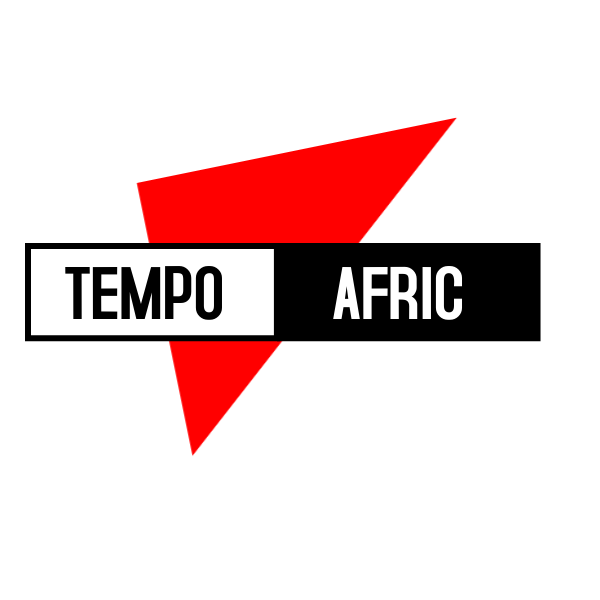BRUSSELS — The United States will send an additional $1 billion in military aid to Ukraine, President Biden announced Wednesday, bolstering Ukrainian fighters as they are pummeled by Russian forces in the country’s east.
The arms will include artillery, rocket systems, coastal defense weapons and ammunition. For the first time, Ukrainian forces will receive mobile Harpoon anti-ship missile launchers. “The United States, together with our allies and partners, will not waver in our commitment to the Ukrainian people as they fight for their freedom,” Biden said in a statement after a call with Ukrainian President Volodymyr Zelensky.
In recent weeks, Zelensky and other Ukrainian officials have issued urgent appeals for greater numbers of more sophisticated weapons that can help it hold off Russia’s larger, more advanced military, including air defense and missile defense systems.
At a news conference in Brussels Wednesday, Austin said latest package will be “crucial” to helping Ukraine repel Russia’s assault in Donbas. “It will make a difference,” he said.
Austin suggested there will be more to come from allies and partners as well, noting that Germany would send long-range artillery rocket systems, Slovakia has promised helicopters and ammunition, among other pledges. Allies “will stay focused on this for as long as it takes,” he said.
Earlier Wednesday, NATO Secretary General Jens Stoltenberg said NATO members were hammering out a new assistance package and “are committed to continue providing the military equipment that Ukraine needs to prevail, including heavy weapons and long-range systems” — but did not offer specifics on plans.
Longer term, the alliance will help Ukraine’s military move from Soviet-era to NATO-standard weapons and provide the support needed to make the transition, he said. “This is our focus and, I think, the most urgent need in our relationship with Ukraine as we speak.”
The United States and its European allies have gradually expanded the weaponry they have provided Ukraine after Russian President Vladimir Putin’s Feb. 24 invasion. But they continue to withhold certain systems, including fighter jets, and have provided only limited numbers of other arms for fear that they might be used to attack deep into Russia territory.
A visiting delegation of Ukrainian officials in Washington on Wednesday acknowledged that Russian forces have destroyed three of four Howitzers and some of the advanced rocket systems recently shipped by the United States.
The group said that the West needed to accept that equipment will be destroyed in the conflict, and said more weapons were desperately needed.
“Yes, we’re losing Howitzers, but again, we are at war and it’s obvious that some of this stuff will be shot down or destroyed but unfortunately there is no other way,” said Oleksandra Ustinova, a member of the Ukrainian Parliament.
The group, which included David Arakhamia, Ukraine’s chief negotiator with Russia, said the loss of weaponry only exacerbated the need for the U.S. to send more equipment. “We need weapons, weapons, weapons,” he said.
They also called for the United States to provide large, long-distance Gray Eagle drones by General Atomics, despite concerns that Russia would easily shoot them down.
“We keep hearing if we give you MiGs they will be shot down, if we give you drones, they will be shot down. You have to understand, we are at war, yes we will lose some of these,” said Ustinova.
Wednesday announcement kicked off two days of meetings in Brussels focused on the war in Ukraine and how it is transforming transatlantic security.
NATO allies and partners met over dinner Wednesday evening to discuss Ukraine and will meet again on Thursday to debate longer term issues, including changes to the alliance’s force posture and the question of defense spending, ahead of a late June NATO summit in Madrid.
“We will now take decisions on the scale and design of our posture for the longer term,” Stoltenberg said. “This will mean big increases in our presence, capabilities and readiness.”
Although Stoltenberg declined to get into specifics, he said the alliance was discussing how best to bolster its defense and deterrence capabilities, particularly on its eastern flank. This effort is likely to include additional forces, pre-positioning of heavy equipment and pre-assigning forces to specific countries, he said.
Overshadowing preparation for the summit, however, is Turkey’s opposition to bids by Sweden and Finland to join the alliance. Although Stoltenberg and other leaders initially expressed confidence that NATO would move swiftly on the issue, pushback from Ankara has changed the conversation and raised fears of a stalemate.
On Wednesday, Stoltenberg acknowledged that Turkey’s opposition took him by surprise: “We didn’t have information that that would be a problem,” he said.
But Stoltenberg and other officials stressed that the alliance is working to resolve the issue and get both aspiring members to Madrid as “invitees.”
“Many of us had hopes that we would see these two countries join us in Madrid as invitees at the table with the other leaders,” U.S. Ambassador to NATO Julianne Smith said Tuesday. Now that may not happen.

